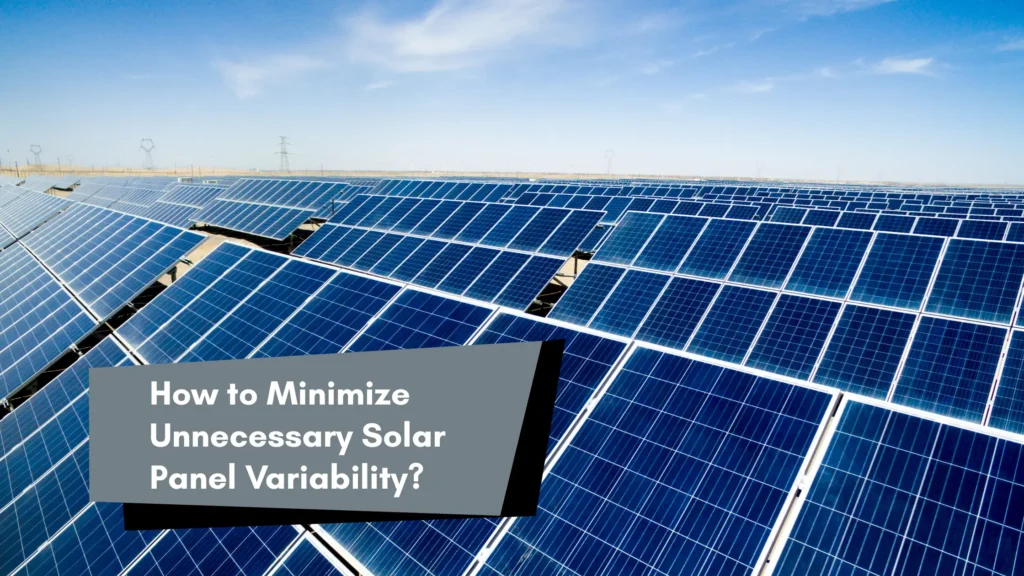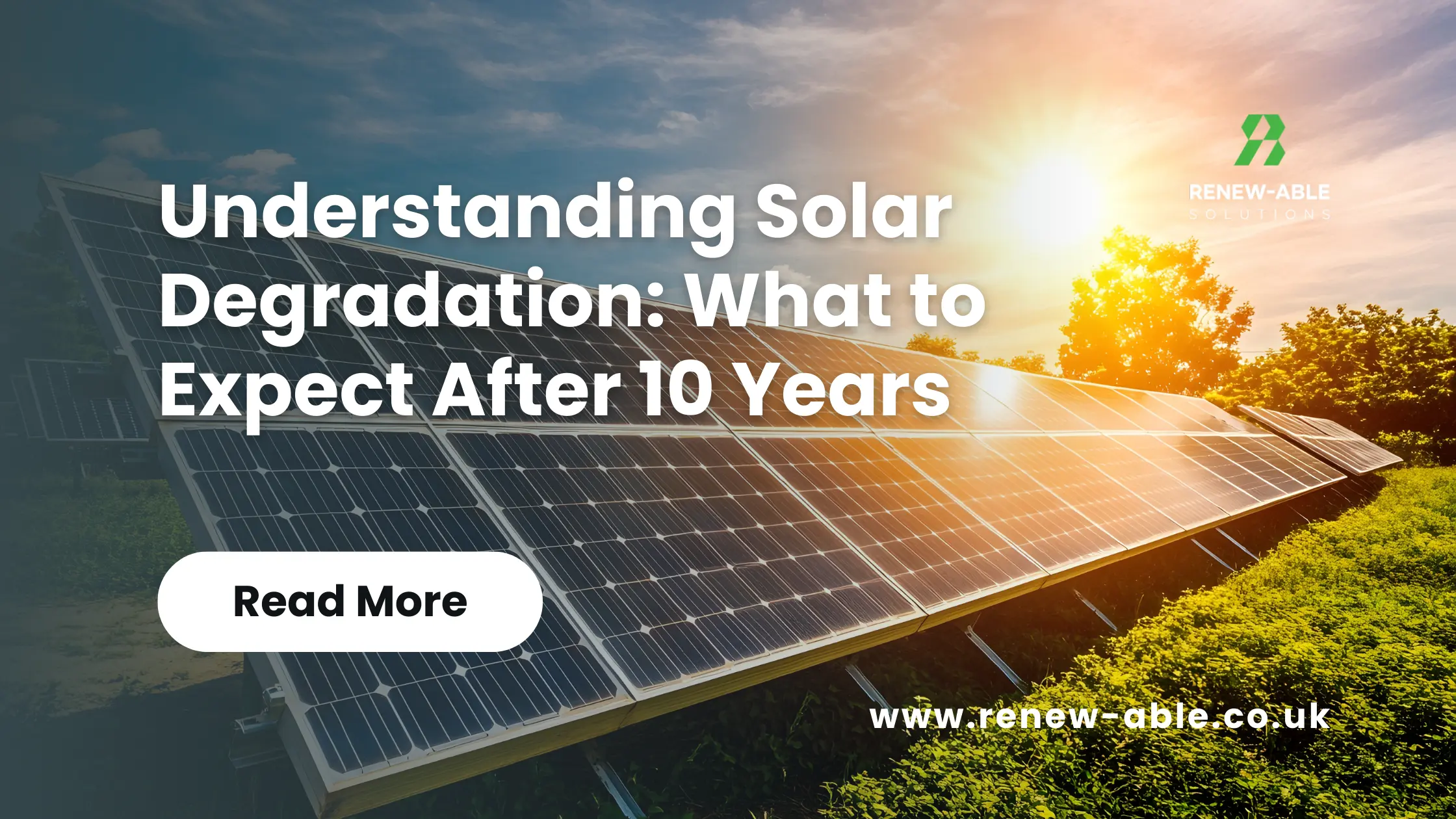Many people are worried about the performance of solar panels when they plan to install them. It’s an important concern that some days solar panels produce a lot of electricity, and on other days, output is much lower. That’s totally normal. Solar output doesn’t stay constant as it fluctuates day to day due to various factors. Let’s explore these factors.
The Main Factors Behind Daily Solar Output Fluctuations
Here are a few factors to consider that affect the solar panels’ output if you want to set realistic expectations and manage the system efficiently.
Sunlight Intensity & Weather
Cloud cover has one of the biggest impacts, as when they pass overhead, they block or scatter sunlight sometimes dramatically, which reduces the irradiance reaching your panels.
On heavy overcast days, output can drop to as little as 10–25% of a clear-sky peak. On partly cloudy days, output can turn rapidly up and down as clouds move. Even haze, pollution, fog, or dust in the air can scatter or absorb sunlight, which reduces light.
Rain may reduce output for some time, but it can also help wash away dust or grime, sometimes improving output in the days after. So if a day starts sunny and becomes cloudy or vice versa, expect the solar output to undergo a slight change.
Temperature and Heat
The reality is, heat has nothing to do with solar panels’ efficiency. Even blistering heat can actually reduce efficiency because most standard crystalline-silicon PV panels lose efficiency as their temperature rises.
For every degree Celsius above optimal testing conditions, output often drops by roughly 0.3–0.5%. On a hot, calm, sunny day, panel surfaces can heat up significantly more than the regular temperature.
The extra heat increases internal resistance and reduces voltage output. But if there’s a breeze or some airflow behind the panels, that helps cool them down and prevent loss.
System Components & Installation Quality
The panels are also connected with other parts, such as wiring, inverters, mounting, and ventilation, which also matter. Poor installation or suboptimal wiring/inverter setup can boost losses under sub-optimal conditions.
Moreover, panel mounting that doesn’t allow airflow behind the modules can cause overheating, reducing efficiency on hot days. That means a solar system is not just the panels; it is the installation, design, and maintenance combined. So, to ensure peak output of solar panels reputable installer is necessary.
Angle, Orientation, and Shade
The angle and direction of your panels decide how much sunlight they can absorb. As the sun moves across the sky, the amount of light hitting the panels changes, too. If the tilt or direction isn’t ideal, the system won’t capture much energy.
Shading of trees, nearby buildings, chimneys, or even a bit of dust can lower production. In many systems, shading on just one panel can pull down the output of the entire string.
Shadows also change throughout the day and across seasons, which means your solar output can shift hour by hour. Even something small, a leaf, a bird dropping, or a patch of grime, can have a noticeable impact.
Dust, Dirt, Pollution, and Surface Soiling
Solar panels rely on light hitting their surface. If the surface is blocked by dust, dirt, pollen, smog, bird droppings, or other particulates, less light gets through, and your output drops. This effect is known as soiling.
In dusty or arid regions, the production loss can be considerable if panels go uncleaned for a while. After rainfall or cleaning, performance can bounce back, which explains why you often see better output just after rain or cleaning cycles.
What Daily Solar Output Variations Mean for Homeowners?
Daily changes in solar production are completely normal, and understanding why they happen helps you avoid unnecessary worry.
- Daily fluctuations are normal, so don’t expect your system to produce the same amount of electricity every day.
- Cloudy, hazy, or rainy weather can drop production sharply, even if the system is working perfectly.
- Hot days may produce less energy than cooler, sunny days because high temperatures reduce panel efficiency.
- Windy days can improve performance by cooling the panels, even when sunlight looks the same.
- If your panels are shaded at any point during the day, output will drop during that window.
- Dust, dirt, leaves, or bird droppings can cut production more than most people expect, even on bright days.
- Seasonal shifts matter too, as short winter days, low sun angles, or monsoon seasons naturally reduce energy generation.
How to Minimize Unnecessary Solar Panel Variability?

Start with the basics as making sure your panels are installed at the right angle, get plenty of airflow, and aren’t blocked by trees or nearby structures.
Keep the surface clean so dust, pollen, and bird droppings don’t steal sunlight from the cells. Good-quality inverters, proper wiring, and a layout that reduces shading also make a big difference.
And finally, use your system’s monitoring tools to catch sudden drops early. Small steps like these help your panels perform more consistently and keep your energy production closer to its full potential day after day.
Wrapping Up
The factors that impact its performance do not indicate that your panels are unreliable. Instead, they remind us that solar is a living system, one that works best when respected, maintained, and designed smartly. I hope you understand now!
FAQs
Why do my solar panels produce more electricity on windy days?
Wind cools the panels, improving efficiency. Even if sunlight is similar to another day, cooler panel temperatures can boost overall output.
Do solar panels produce different amounts of power in different seasons?
They do. Sun angle, daylight hours, cloud cover, and weather patterns all shift seasonally. Most systems produce the most energy in late spring and early summer.
Can dust or dirt really affect solar panel performance?
Dust, bird droppings, and pollution reduce the amount of light reaching your solar cells. In dusty climates, uncleaned panels can lose 10–25% efficiency.








